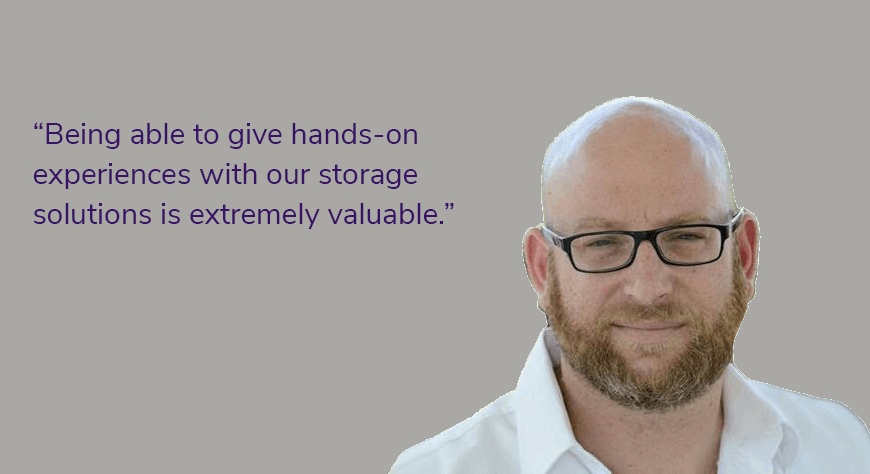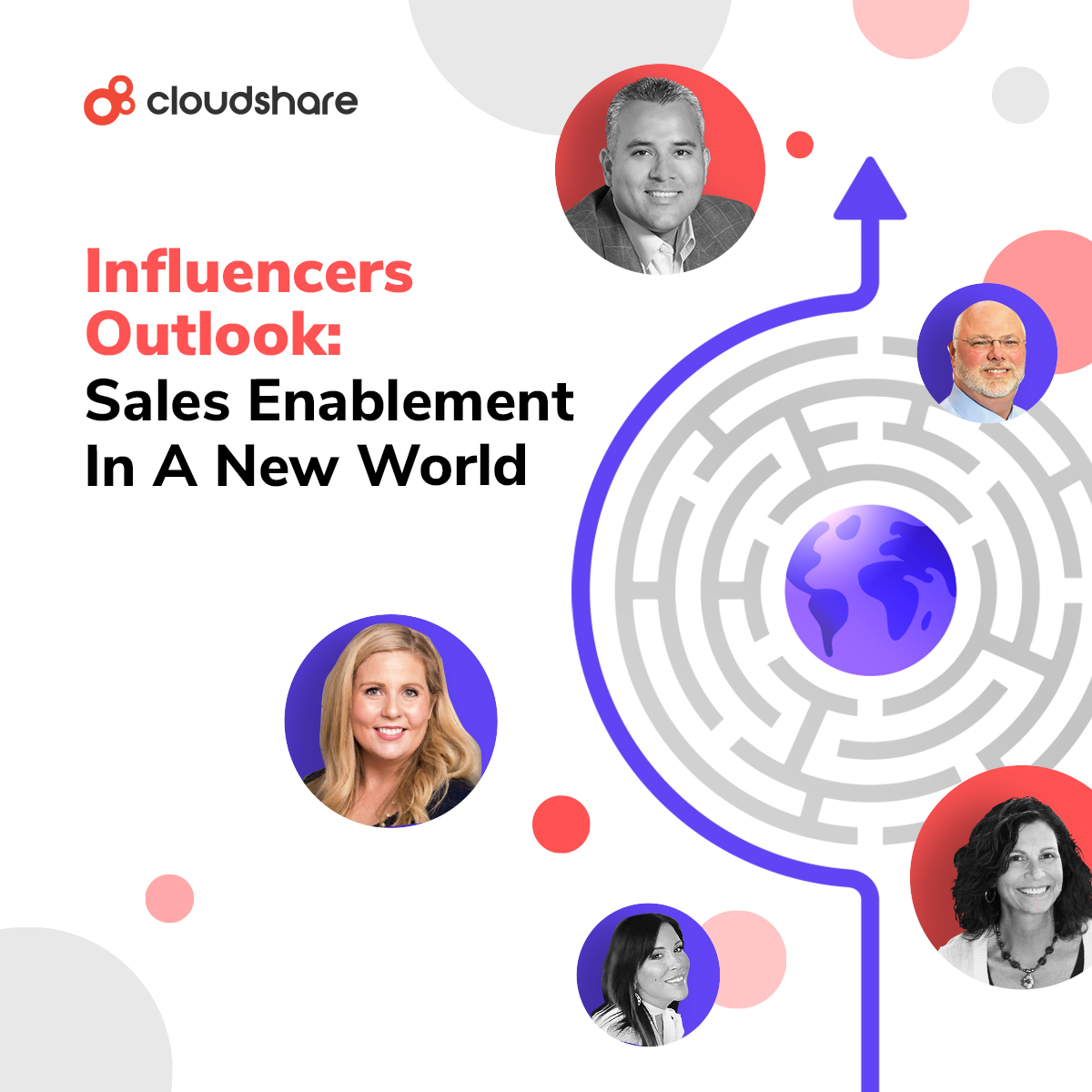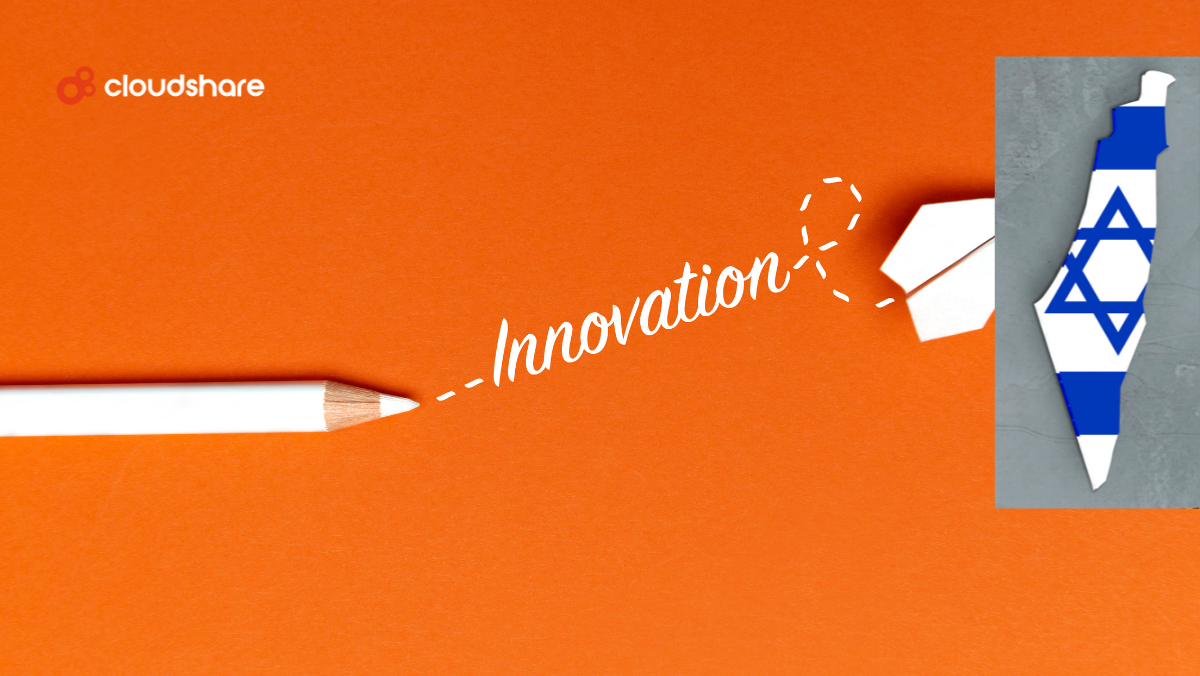
The Big Share features interviews with leaders and influencers from across CloudShare’s extensive community, happy to discuss their experiences and provide expert advice on a range of business topics.
In this edition we speak with Nir Malik, a tech sales leader known throughout the Asia Pacific Japan (APJ) region. From his home, the road and corporate offices, Nir has overseen sales engineers (SE) and technical advisors (TA) representing some of the region’s largest brands. Already a virtual veteran, we spoke with Nir to learn about his experiences and gain insight into remote technology sales.
CloudShare (CS): First off, I hear you have a degree in Middle East studies and history. How did you end up a tech sales leader?
Nir Malik (NM): That was my bachelor’s degree and I planned to pursue a master’s in history, focused on women’s education in the Carolingian dynasty during the 9th century. I took a year off to make some money, and encouraged by a friend who felt I “knew the internet,” got a job doing tech support for an internet service provider (ISP). From there, I’d rotate between studying and various similar jobs.
During those times, I worked for a great manager who would take me with him whenever he moved on to a new position. He’d ask if I wanted to interview and I said yes, every single time. Quickly seizing opportunities became a philosophy I adopted and eventually, work sidelined my studies. When I got a call about this position – and learned I’d be able to put my skills to good use, travel Asia and meet interesting people – I was in.
Sales Enablement in a new word: Challenges, Skills and Tech – Webinar

CS: Your sales team predominantly works remotely. So, why did you select CloudShare and what do you use the platform for?
NM: Our company had been a Ravello customer for a while, but when we learned Oracle would be shutting it down, we looked at what was out there. We’d heard a lot about CloudShare’s technology, and its service culture, and it turned out to be a perfect match. We use the platform for sales demos, proof-of-concepts (POCs) and to support events, as well as internal, partner and customer training.
That said, being able to give hands-on experiences with our storage solutions is extremely valuable. One of the things we like to do is provide unattended access after an interaction. Partners and customers love being able to trial a product without fear of damaging infrastructure. With CloudShare, if they make a mistake, they click and restart; no harm and the capabilities draws prospects in further.
CS: How has COVID-19 impacted your team?
NM: The Asia region was one of the first to be impacted. Large business transactions ground to a halt. Shipments stalled in Customs. Places like Singapore and South Korea were in total lockdown before anything hit Europe. At that time, the U.S. media didn’t even fully understand what was coming. Thankfully, our team was already used to working remote, but there were challenges.
CS: What were the biggest obstacles to overcome?
NM: Nothing will replace face-to-face in sales. Even with the best technology, you need to meet with contacts at least on a quarterly basis. That kind of personal connection bridges gaps in geography, language, culture – sitting at the same table builds trust quickly.
That’s why we use a blend of virtual and in-person contact, about 80/20. We can communicate effectively and gain greater cost-efficiencies by eliminating costs like travel. You just need to rely more on your remote tools and make some slight changes.
CS: Such as?
NM: In technology sales, prospects want to see your exact solution in action – you need to illustrate how it works, ease of use, full feature set and functionally. With CloudShare, targets can see these things with their own eyes, experience the product with their own hands, in demos or PoCs. The ability to do so virtually is more important than ever.
But there are some other things SEs and TAs can personally do to improve their performance.
CS: Any specific recommendations?
NM: It’s tougher to develop a rapport and read a room when you’re not in it, so make sure those on the other end turn on their video during sessions. On your side, make sure you have the right setup. I use a Jabra Speaker with a noise cancelling microphone. You don’t want to be fidgeting with your headphones or having prospects constantly ask you to repeat things.
Take the time to learn the platform you’re presenting with and be prepared to offer support to participants. After spending months trying to land an appointment, you don’t want it to be undermined because attendees don’t know how to unmute or you’re unable to share your screen.
When it comes to presenting, prepare. There’s less room for error when doing it remote; it’s easier for people to tune out. You’ve got to be more engaging, so build your story and practice, and that includes dressing the part and standing as you would in front of a group. Invest in yourself and your performance. As Dolly Parton famously said, “It costs a lot of money to look this cheap.”
SEs close sales but measuring performance and gaining insight can be a challenge. Need help? Check out our eBook, “9 Metrics to Help You Build a More Effective Sales Engineering Team!”


